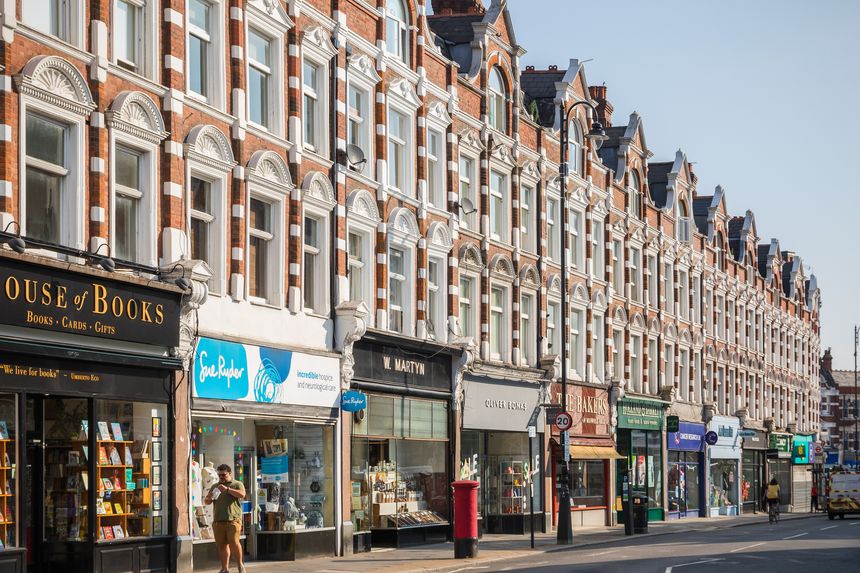
The 2025 Autumn Budget has introduced important changes to business rates, scheduled to take effect from April 2026. In this post, I’ll outline the key updates and explain what they mean for businesses, especially those with retail, hospitality, and leisure properties.
Business rates (also known as non-domestic rates) are a tax applied to most commercial premises. Each year, usually in February or March, businesses receive their rates bill for the upcoming tax year. The calculation is straightforward: your property’s rateable value multiplied by the relevant business rate (multiplier).
Rateable values are assessed using one of three methods set out by the Government (How your property is valued for business rates – GOV.UK). For many years, the multiplier system has been split into two tiers: a small business multiplier for properties with a rateable value under £51,000.00, and a standard multiplier for those above that threshold.
A New Five-Tier System from April 2026
The 2025 Autumn Budget, published today (26 November 2025), confirms a major shake-up. From April 2026, a new five-category multiplier structure will apply. Crucially, it introduces a clear distinction between Retail, Hospitality and Leisure (RHL) properties and all other commercial properties, as well as a new band for high-value premises.
The categories will be:
-
Small Business Multiplier – non-RHL properties with a rateable value under £51,000.00
-
Small Business RHL Multiplier – RHL properties under £51,000.00
-
Standard Multiplier – non-RHL properties £51,000.00–£499,999.99
-
Standard RHL Multiplier – RHL properties £51,000.00–£499,999.99
-
High-Value Multiplier – all properties £500,000.00 and above
Draft Multipliers for 2026/27
| Tax Year | Small Business | Standard | Small Business RHL | Standard RHL | High-Value |
|---|---|---|---|---|---|
| 2023/4 | 49.9p | 51.2p | N/A | N/A | N/A |
| 2024/5 | 49.9p | 54.6p | N/A | N/A | N/A |
| 2025/6 | 49.9p | 55.59p | N/A | N/A | N/A |
| 2026/7 | 43.2p | 48.0p | 38.2p | 43.0p | 50.8p |
The reductions for 2026/27 are notable. Both the small businesses and standard multipliers have fallen significantly, with even lower rates introduced for qualifying RHL properties. Meanwhile, high-value properties will attract a higher multiplier, currently 2.8p above the standard rate. The Budget indicates this gap may widen in future, potentially reaching up to 10p higher.
What This Means for Businesses
Your business rates bill is calculated simply by multiplying your property’s rateable value by the applicable multiplier. Even small changes in the multiplier can therefore produce meaningful increases or savings, depending on your category.
As part of the transition to the five-tier structure, particularly for properties moving into the high-value band, the Government has confirmed that support packages will be made available.
If you have any questions in respect of the budget changes highlighted in this article, please do not hesitate to contact our commercial property team here.
Sources
Business rates: forward look – GOV.UK
How business rates are worked out | London Borough of Waltham Forest


/Passle/60d59e96e5416a116451a194/SearchServiceImages/2025-11-26-16-57-37-125-692731812b2ecba665ac4311.jpg)
/Passle/60d59e96e5416a116451a194/MediaLibrary/Images/2025-11-24-15-19-41-074-6924778d8d2aeed1c679118e.jpg)
/Passle/60d59e96e5416a116451a194/SearchServiceImages/2025-11-21-09-46-23-772-692034efa01a72ffd39de59a.jpg)